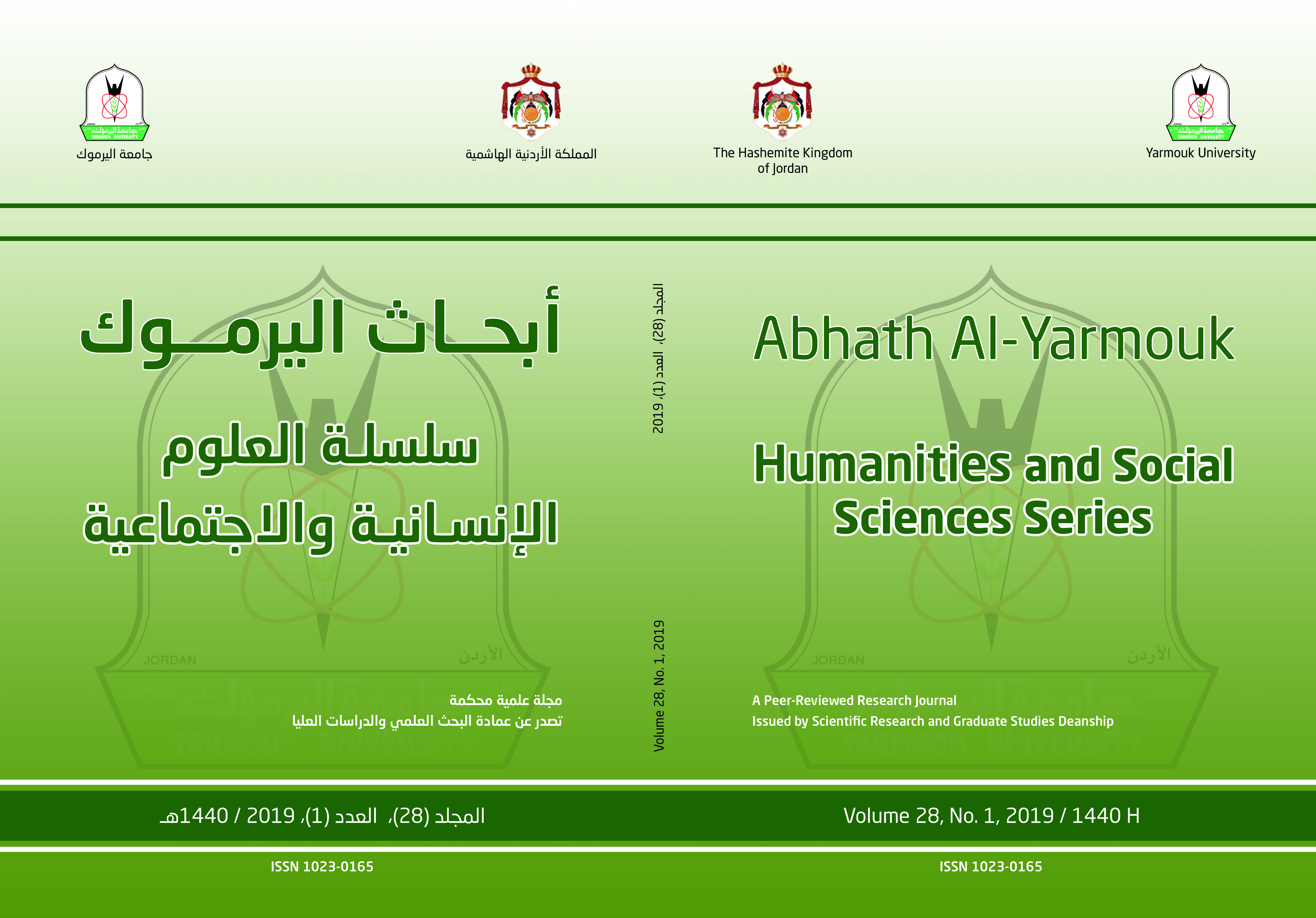Representations of the Lions in Monuments in Syria from the Eleventh to the Eighth Century B.C.E. During the Iron Age
Keywords:
Lion, Syria, Buildings, Iron Age.Abstract
The decoration of gates and important monuments with artistic pieces in form of lions was a characteristic of the Iron Age in Syria. Lions depicted in reliefs or lion statues in different positions were uncovered abundantly in different parts of Syria. This paper aims at investigating the role of these decorations in understanding the religious and social aspects of the inhabitants of Syria in the period extending from the 11th to the 8th century B.C.
We can see that since the emergence of the first civilizations, religious thought has a clear impact on artistic production features in terms of general shape and subject. The ancient inhabitants feared the dangerous forces that beset them. So, they embodied those in various human, animal, or even complex animal bodies.
This study is concerned with lion sculptures that appeared with abundance in all regions of Syria from the eleventh to eighth centuries B.C.E., as they were represented in the cities, inside the buildings and at city gates, and played both constructive and decorative roles.
It is clear that each city had its own distinctive style in ways of expressing its art. Moreover, it is noticeable that the artists tried to simulate the real animals by using huge stone blocks to give those sculptures reality with a natural look. Also, we can see that there were two types of carved lions: the first was carving a unique style for every piece and the other was carving two identical lions, representing different positions of the animal with different techniques.
The study will focus on the artistic and technical styles of representing lions in Syria to track their development and understand its role in the ancient people’s minds.

